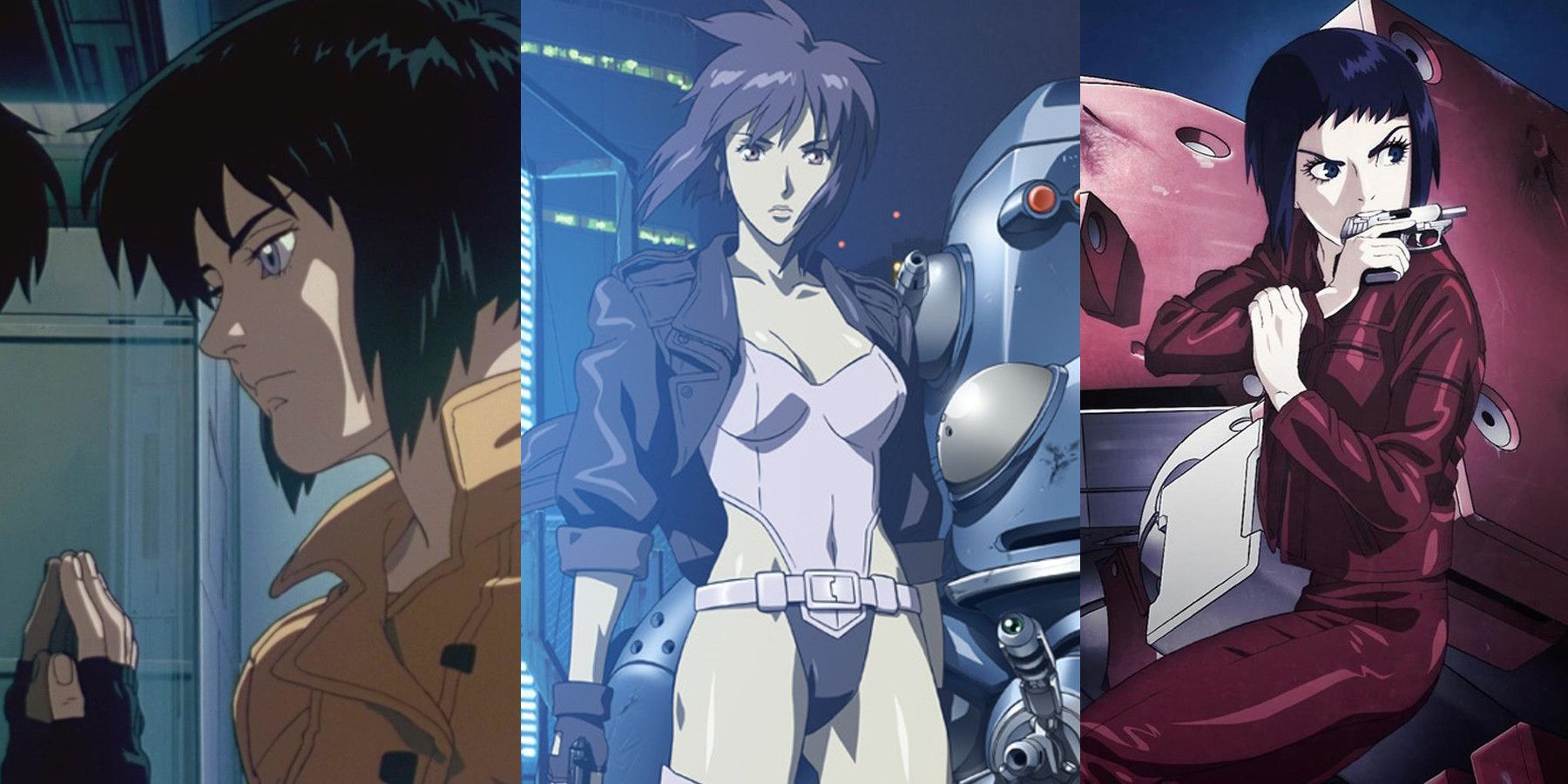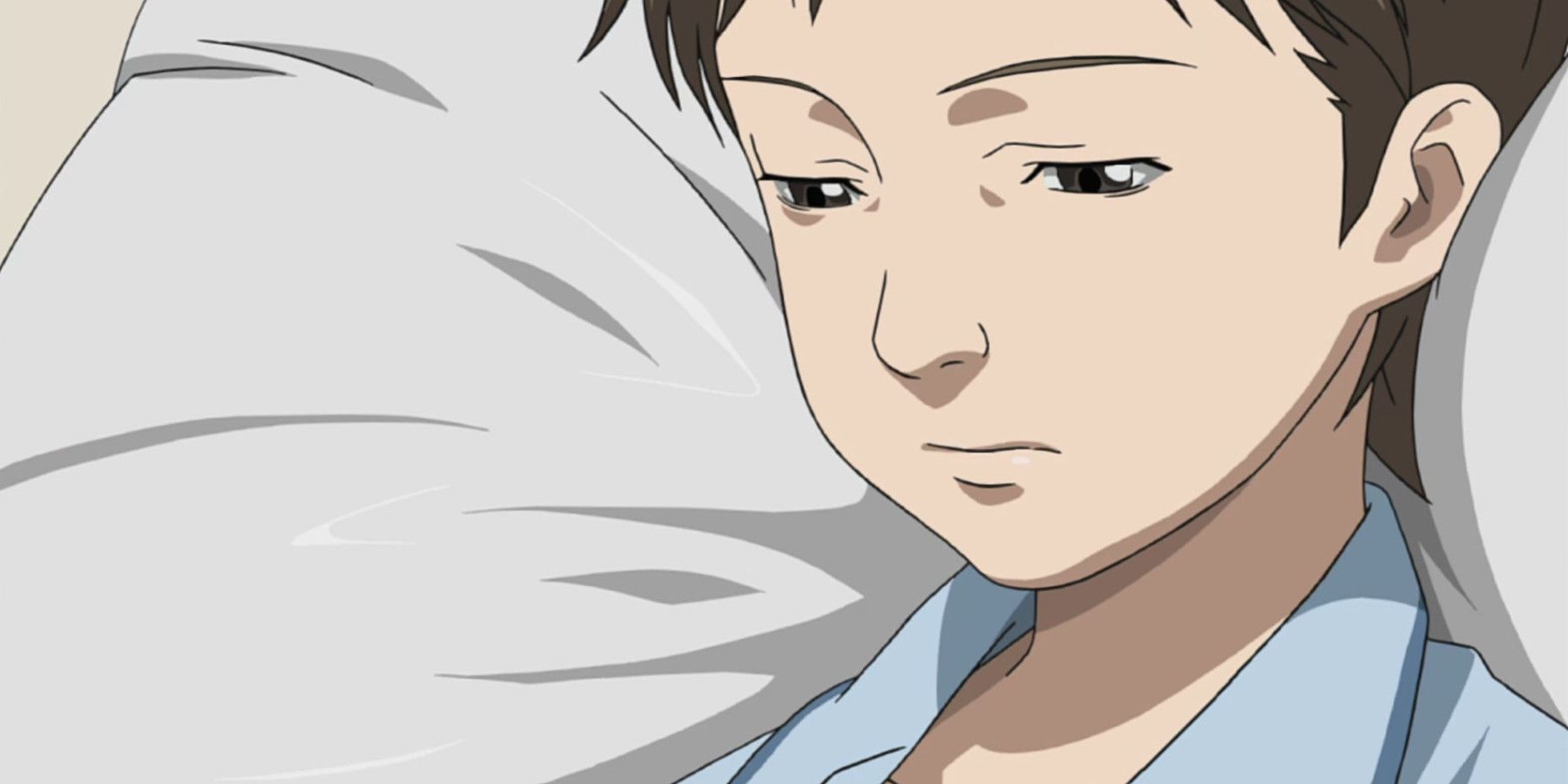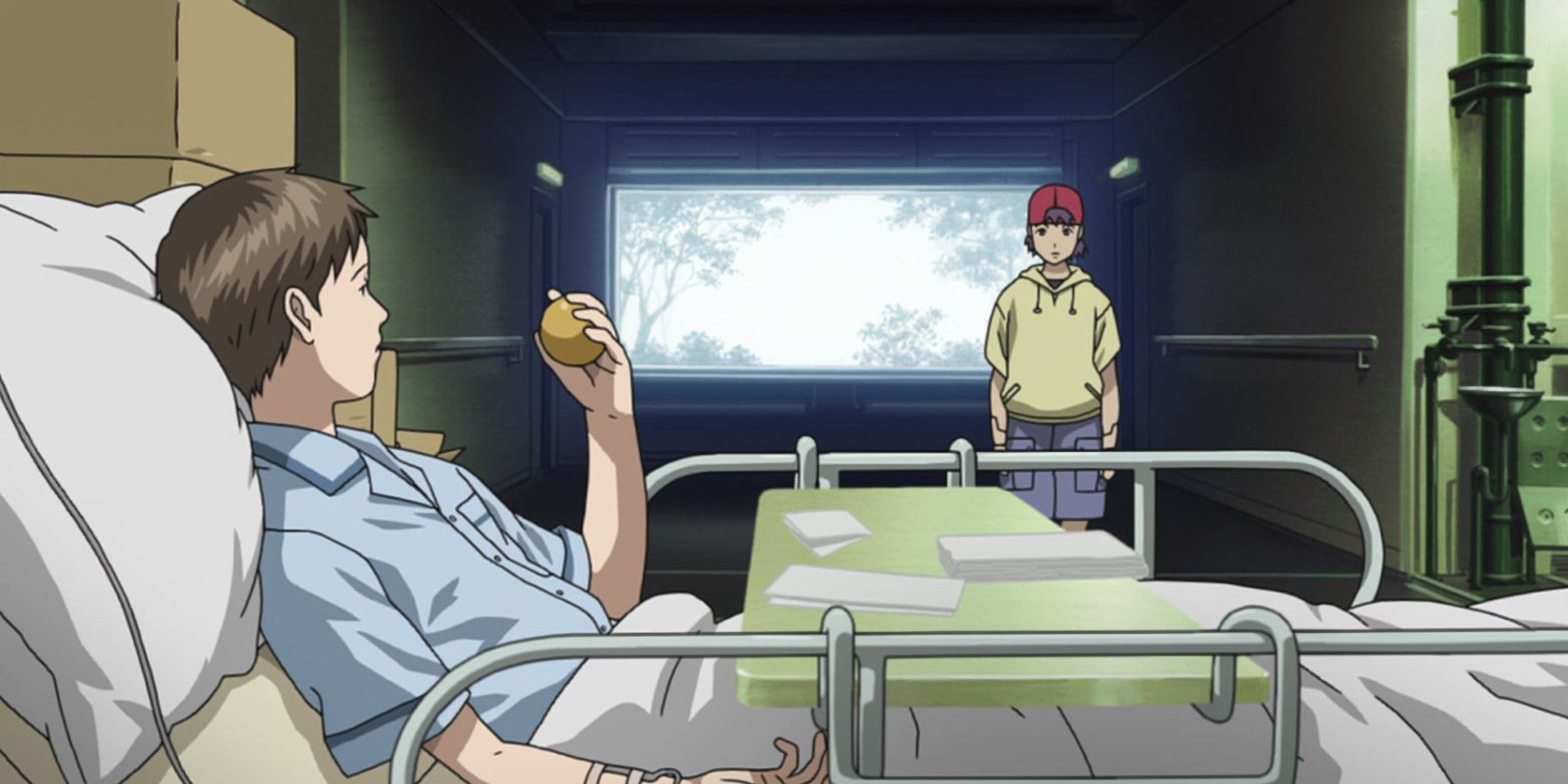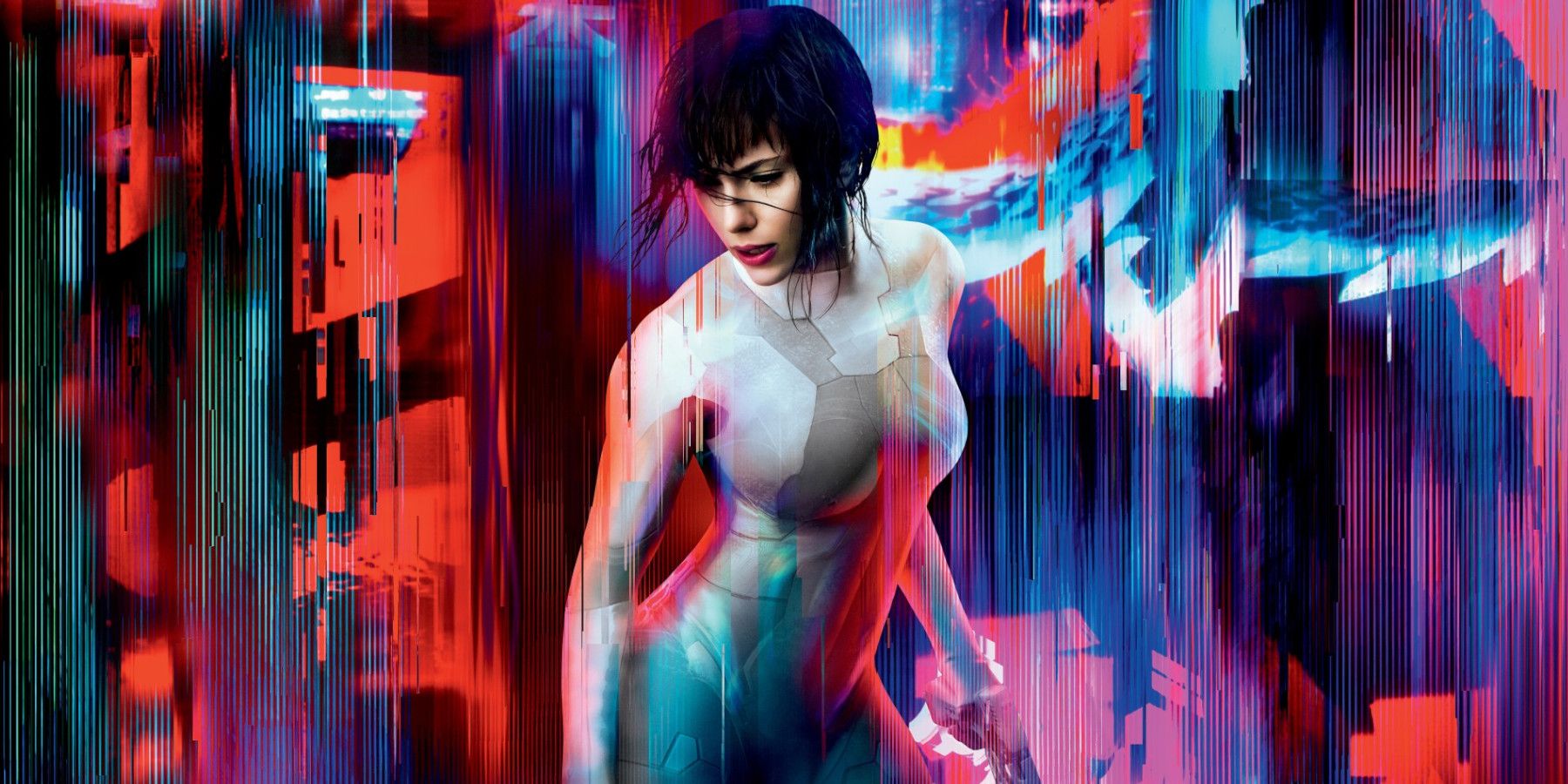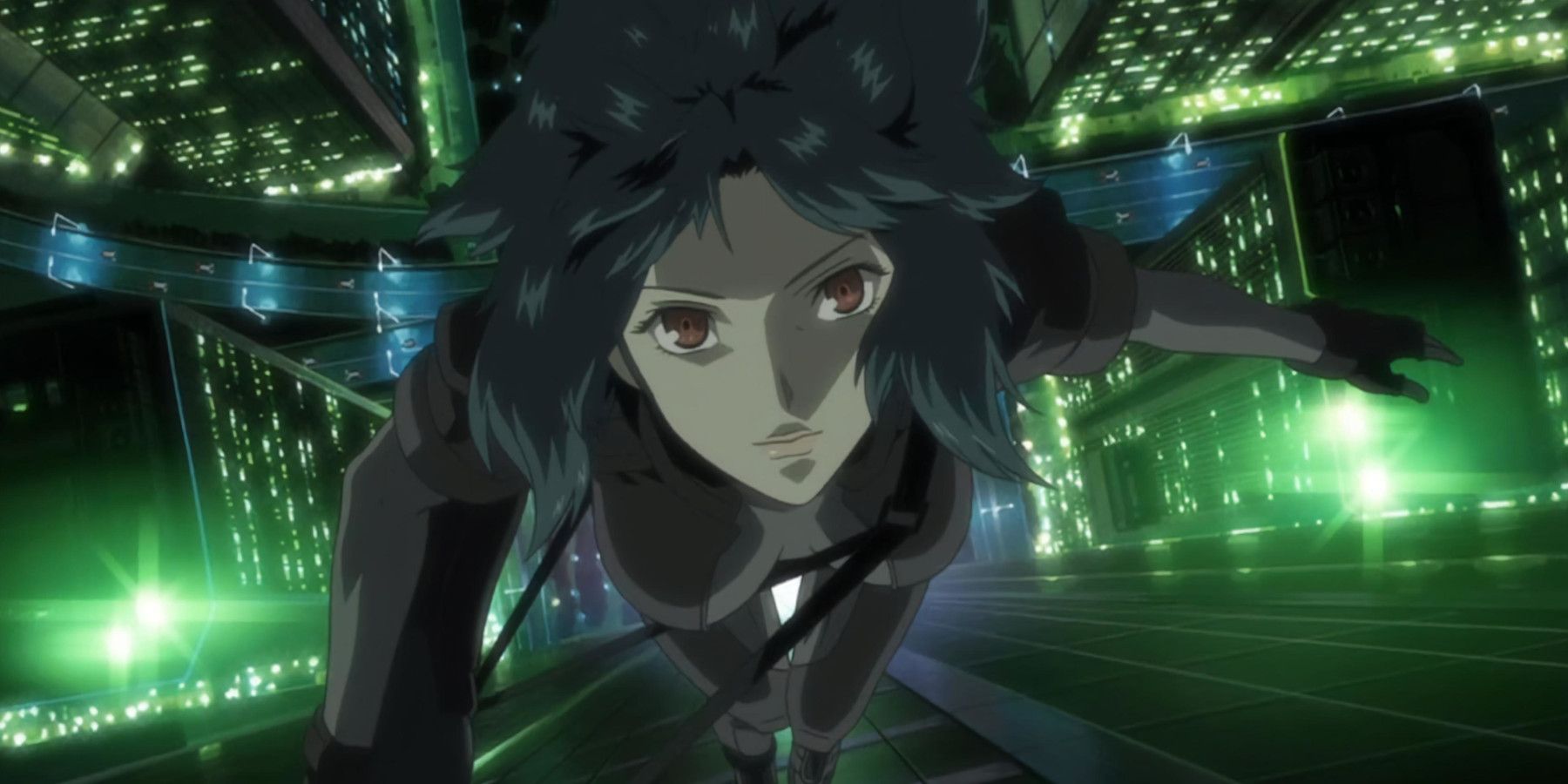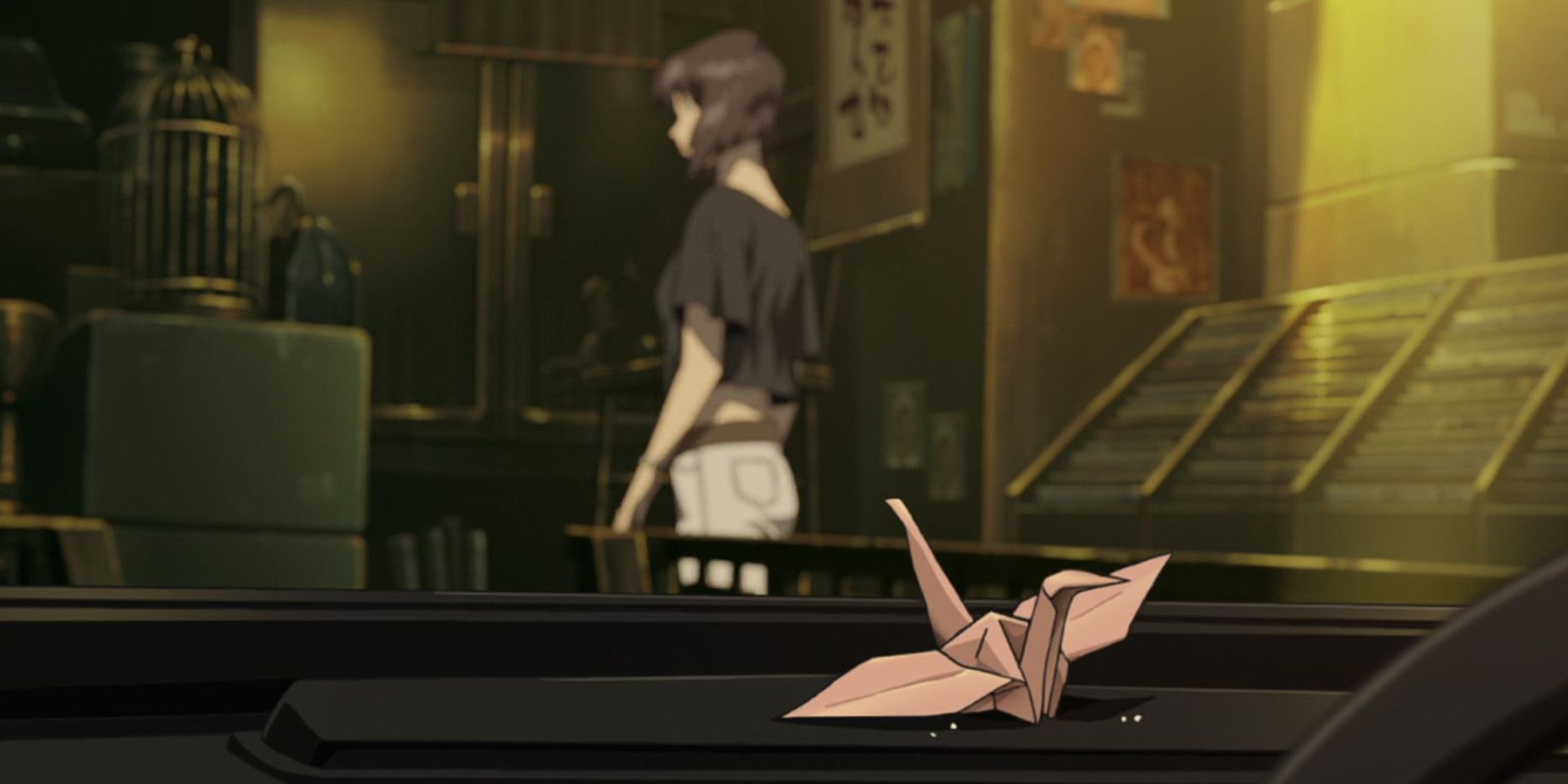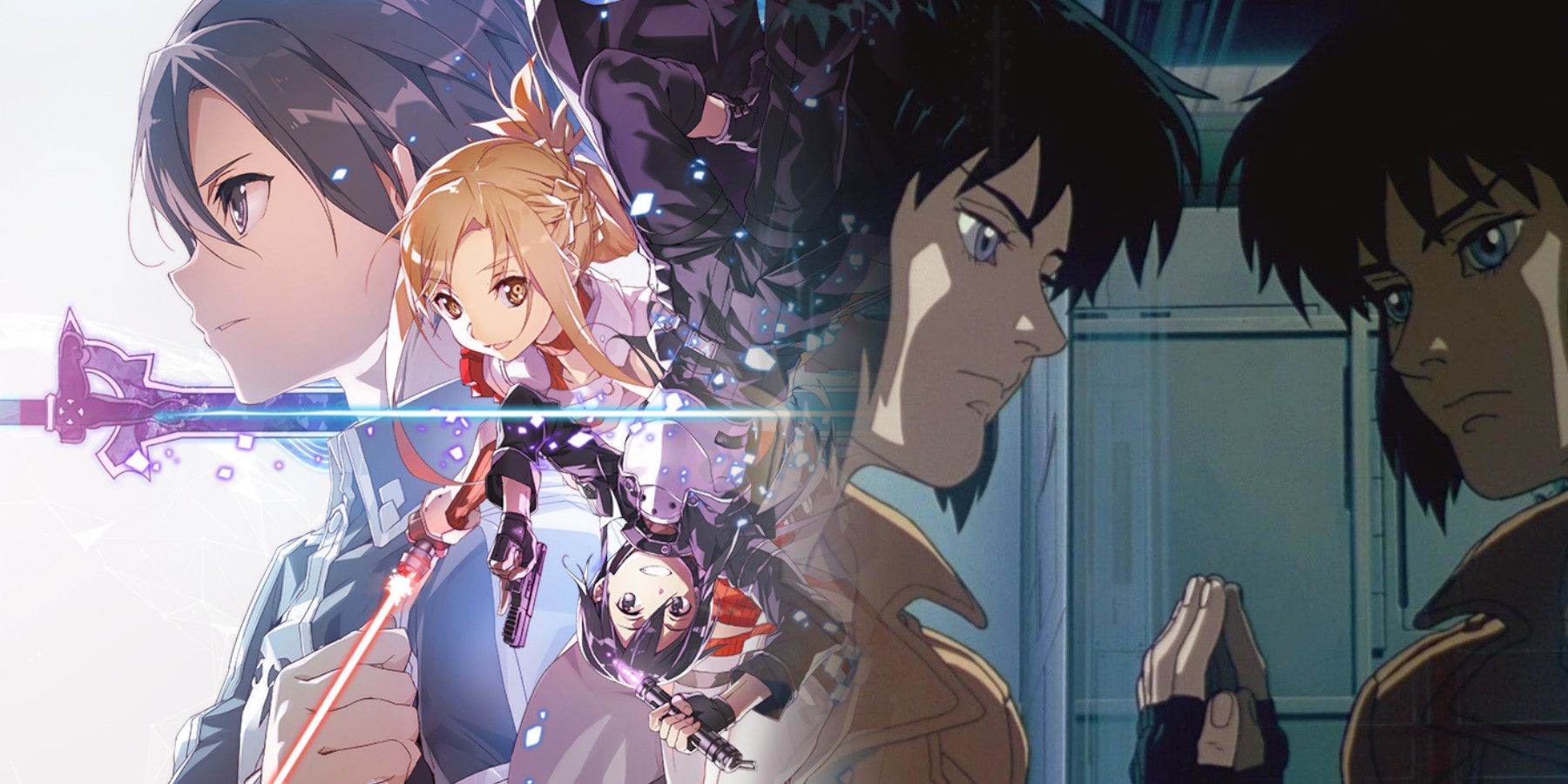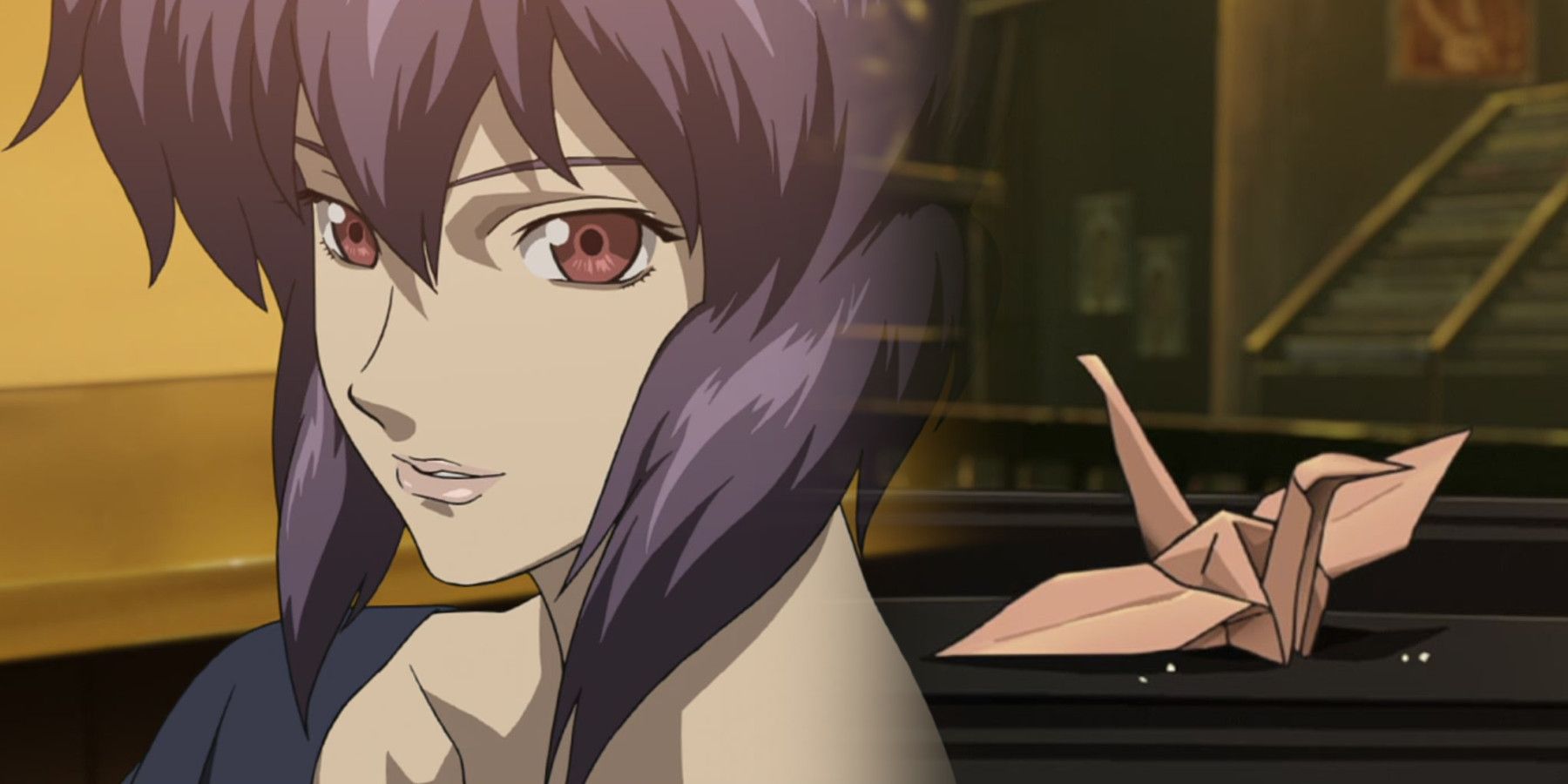
Unveiling the Enigmatic Past of the Major in Ghost in the Shell

Discover the enigmatic past of Major Motoko Kusanagi, one of anime's most iconic characters Her mysterious history and lack of a physical body adds to her allure, making her an unforgettable figure in the world of anime
Throughout the various adaptations of Ghost in the Shell, Major Motoko Kusanagi has been portrayed in four distinct ways (or five if you include the 2017 film): as a full-body cyborg, a super wizard class hacker, and an anti-terror operative. However, despite her many iterations, there has never been a clear understanding of who she was before her cyberization. The only consistent detail is that Motoko Kusanagi is not her original name, but a pseudonym given to her after her cyberization and enlistment in the military. The series has never delved too deeply into her past or her original name, as it has never been a primary focus.
What Makes A Major?
Despite having no past to speak of, the Major's status as one of anime's greatest protagonists is a testament to the quality of GITS' storytelling. This is largely due to her unique premise as a fully cyborg character and the philosophical questions it raises. Her integral role in the world of the story adds to her appeal as a protagonist.
Moreover, the Major is a complex and multifaceted character, breaking away from the traditional robotic archetype. While she may question her own humanity at times, her confidence, charisma, and subtle emotional depth set her apart from other characters in the genre.
The Major's past as a human is not delved into in the 1995 film, as the story focuses on her questioning her own memories and the evolution of technology. Structurally, there is little time for reflection on the past. However, with the abundance of Ghost in the Shell media since then, there have been opportunities to explore her backstory, albeit with varying details and continuity.
The Children Who Folded Paper Cranes
In Ghost in the Shell: Stand Alone Complex 2nd Gig, episode 11 stands out as a poignant and insightful installment that delves into the Major's backstory. The episode sees the Major on a training mission for fresh recruits, during which she stumbles upon a storage facility for external memories - a discovery that has significant implications for her character development.
The proprietor of the shop introduces the Major to two prosthetic bodies that resemble children. He then proceeds to share the heart-wrenching story of these two children who were involved in a tragic plane crash. The boy, who was left paralyzed except for his left arm, spent countless hours folding paper cranes in the hopes of waking the girl from her coma.
After the girl's sudden disappearance and the deterioration of her health, the boy was plunged into despair, convinced that she had passed away. He continued to fold paper cranes in her memory and refused to opt for a prosthetic body. It was only when a girl with a prosthetic body visited him that he realized she was the survivor of the crash and felt grateful for his presence. Eventually, he decided to follow suit and get a prosthetic body too. This unexpected twist of events revealed that the young girl was actually the Major, and the boy was her first love. What made this episode even more significant was the heavily implied connection between the boy and Kuze, a crucial character in the season, and the man the Major spends most of the series pursuing.
"I Don't Have An Original Body"
The backstory of the Major in Ghost in the Shell: Arise took a unique turn, altering the circumstances of her transformation into a cyborg in a significant manner. Interestingly, she was not even born in this version of events, but rather underwent a process where her brainwaves were transferred to a cyber brain while still in her mother's womb, following an accident.
This variation in the Major's origin story gives rise to a distinct form of inner conflict, as she has never experienced life in a human body. The implications of her upbringing become all the more intriguing, albeit somewhat unsettling. A central theme of Arise revolves around the Major's desire to assert her independence after a lifetime of being treated as a mere asset by the military.
Why Her Past Shouldn't Matter
Previous attempts to uncover the Major's past have consistently overlooked her pre-cyborg identity. However, the live-action film stands out as an exception by placing significant emphasis on her life before her cyberization and even suggesting that her name was always Motoko Kusanagi. Despite its flaws, this approach misses the essence of Ghost in the Shell's vision of the future as a post-singularity world where humans and machines have seamlessly merged. This cyberpunk future feels palpable and is a defining aspect of the series.
The fact that the protagonist has no past before the singularity indicates the validity of the idea that one's physical attributes do not define their character. Growing up in a world where this notion holds true, Motoko Kusanagi is embraced by some as a trans icon. It is irrelevant whether she was male or female in her past life, as it does not affect her identity in the present.
The Major's attachment to her physical body is a recurring theme in the franchise, with characters questioning why she doesn't change bodies despite having the capability to do so. The simple answer is that her body is how she identifies herself. Learning about her past identity may not necessarily add much to the narrative, as it may not be drastically different from her current identity. While there have been successful attempts to delve deeper into the character's backstory, the live-action film's attempt at this fell short and remains a major flaw in the franchise.
As the credits roll, we are left with the realization that Ghost in the Shell is not just a story about a cyborg detective. It's a story about embracing change, living in the present, and looking towards the future. Motoko Kusanagi embodies this philosophy, proving that her worth is not defined by her past experiences, but by her actions in the present. Her physical body may be a shell, but her spirit and determination are what make her a truly remarkable character.
